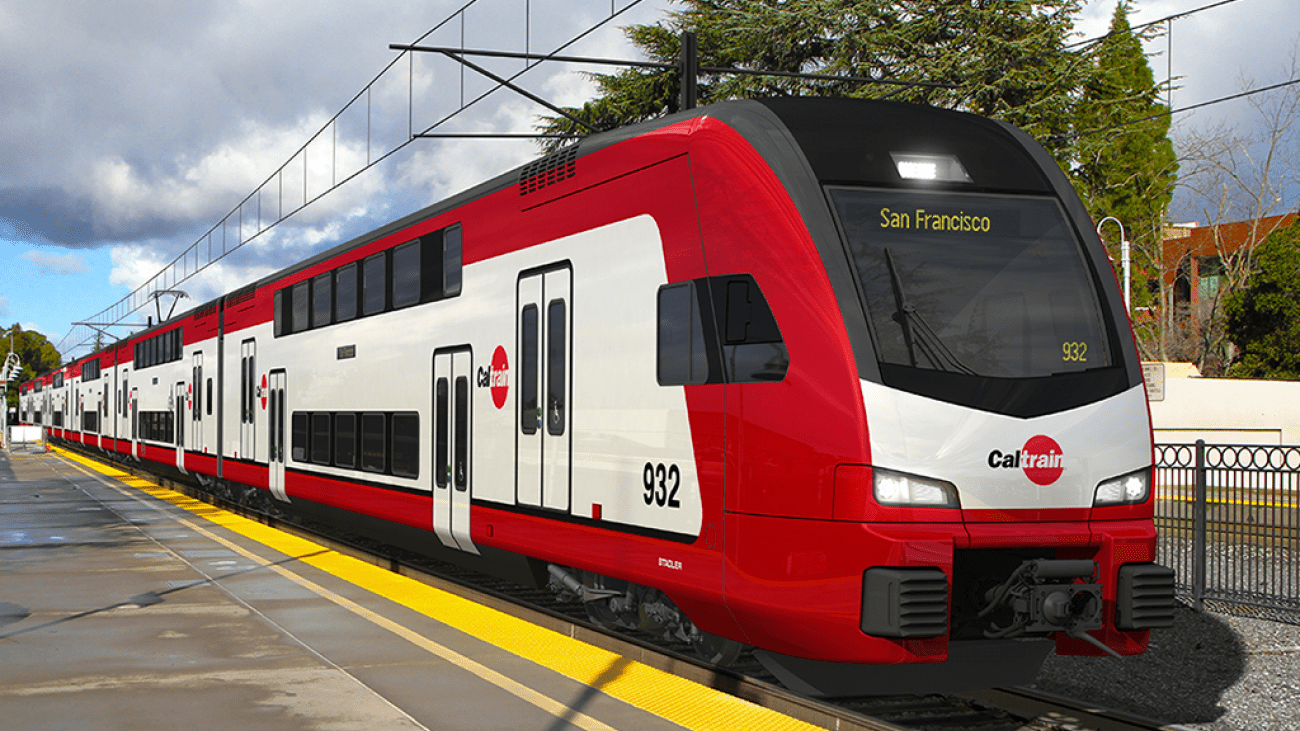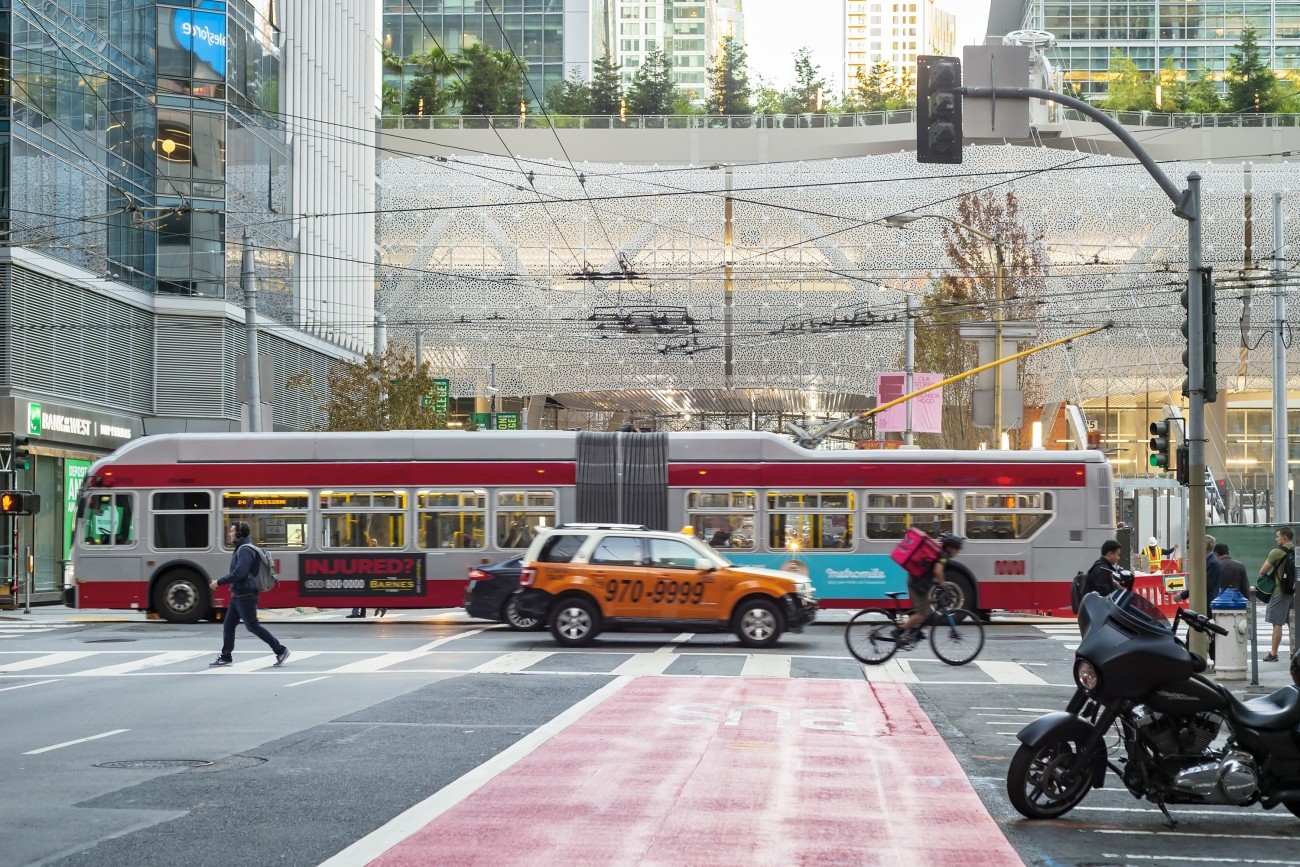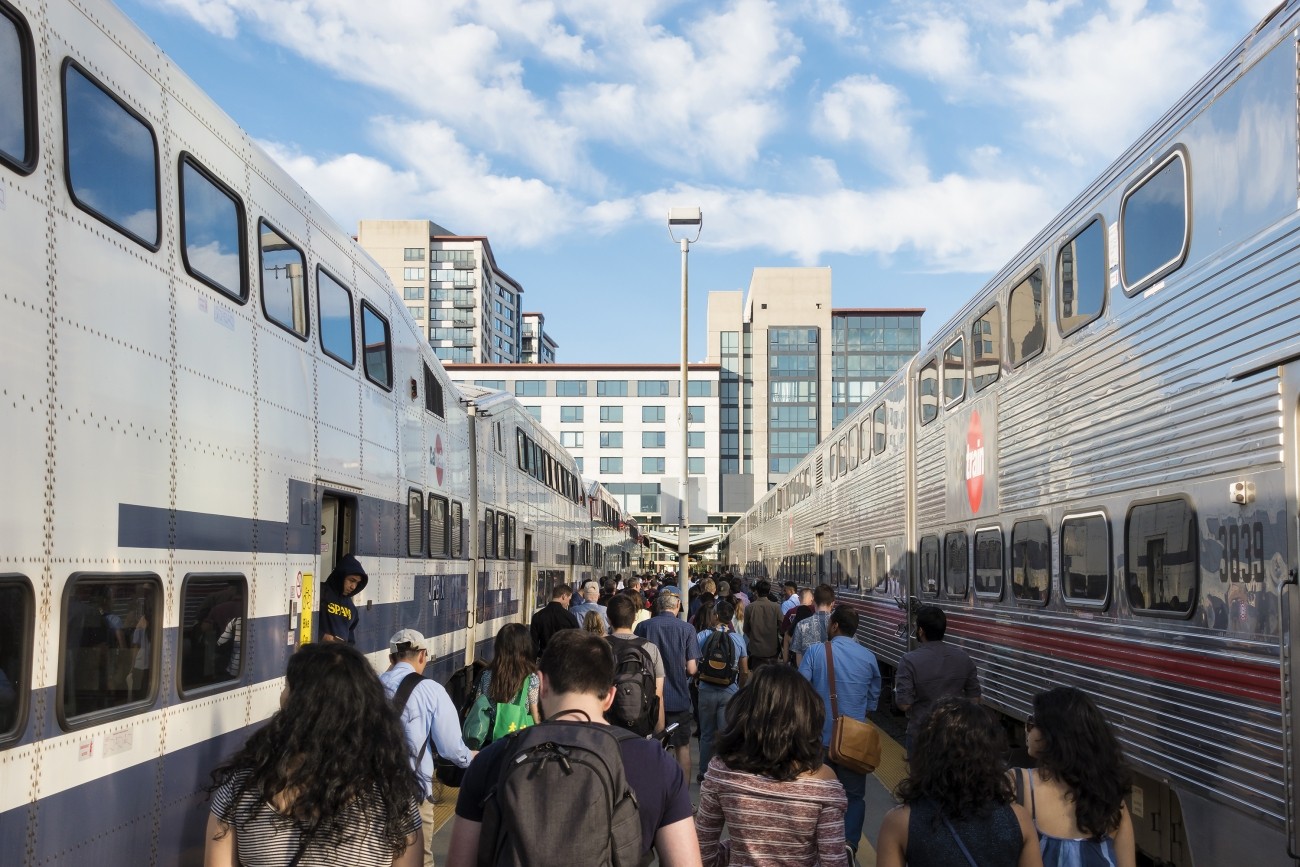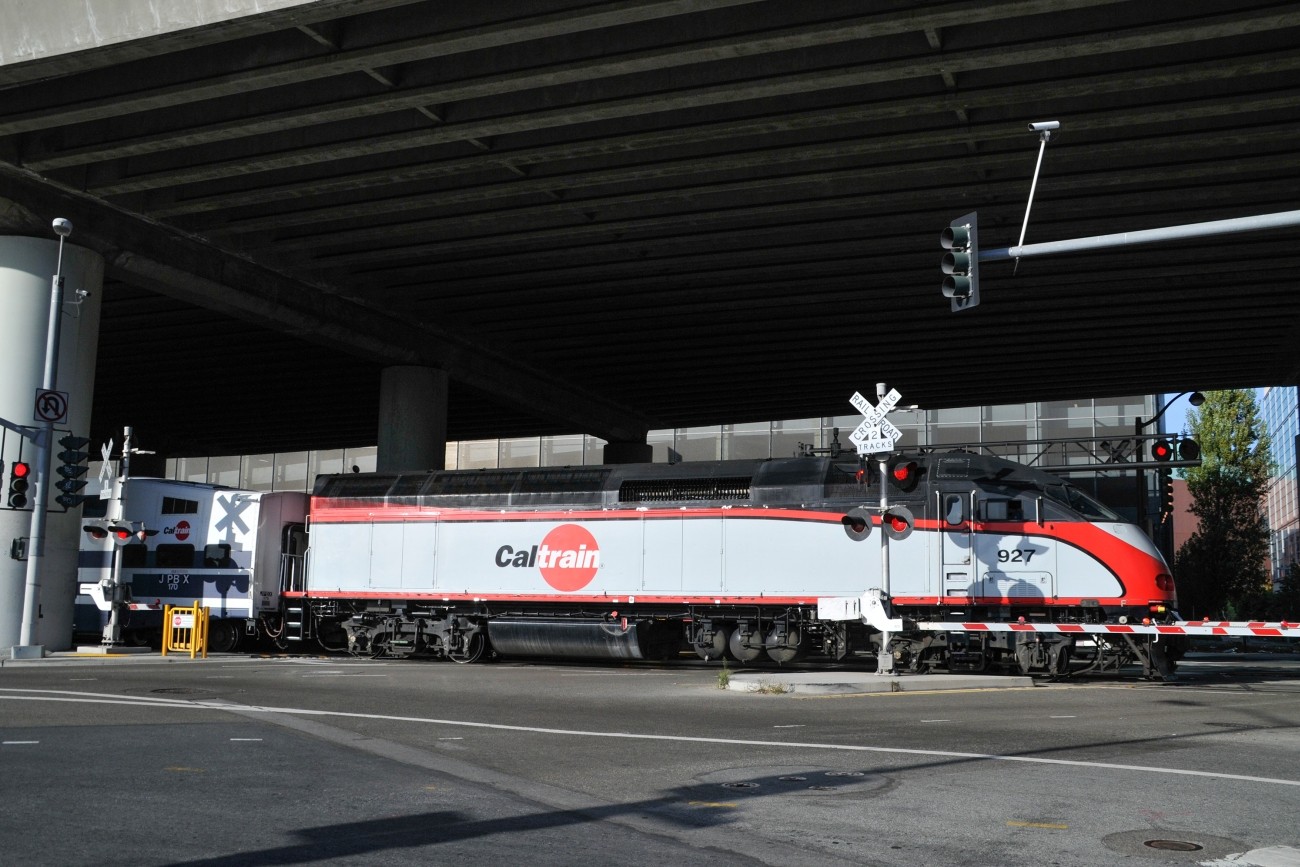
Introduction
The Caltrain Modernization program includes Positive Train Control and the Peninsula Corridor Electrification Project.
- Positive Train Control (Completed December 2020): Federally-mandated safety system designed to prevent: train-to-train collisions; over-speed derailments; incursions into established work zones; and movements of trains through switches left in the wrong position.
- Peninsula Corridor Electrification Project (Scheduled for Completion in Fall 2024): Electrification of the Caltrain corridor between San Jose and San Francisco, upgrade of the signal system, and procurement of electric multiple-unit vehicles.
The Caltrain Modernization program will improve system performance with faster, more reliable service while minimizing equipment and operating costs. The primary purpose of Caltrain Electrification is to improve Caltrain system performance and curtail long-term environmental impacts by reducing noise, improving regional air quality, and lowering greenhouse gas emissions. The Caltrain Electrification project will replace diesel trains with electric vehicles, enhancing service and travel times for Peninsula commuters.
An electrified Caltrain corridor will enable future investments expanding the Bay Area intercity rail network, including The Portal project (also known as the Downtown Rail Extension), which will extend Caltrain and future California High-Speed Rail to the Salesforce Transit Center in downtown San Francisco.
Project Partners
The Peninsula Corridor Joint Powers Board leads the Caltrain Modernization program. Caltrain and the California High-Speed Rail Authority are coordinating on the Caltrain Modernization program. Electrification will prepare the corridor to accommodate California High-Speed Rail under a blended system.
In addition to providing funding, the Transportation Authority provides project management oversight in accordance with the oversight protocol approved by the Transportation Authority Board and the Peninsula Corridor Joint Powers Board. The Transportation Authority participates in the Peninsula Corridor Working Group and the Local Policy Management Group in addition to chairing the Caltrain Modernization Change Management Board.
Timeline
See this Caltrain website for timeline information.
Cost & Funding
The total cost of the Caltrain Modernization program is $2.72 billion, which includes the implementation of Positive Train Control, electrification of the line, upgrade of the signal system, and procurement of electric vehicles. The Transportation Authority has contributed $41 million in funding for Caltrain Modernization from San Francisco's half-cent sales tax for transportation and the One Bay Area Grant program.
Resources
Contact
info@sfcta.org
June 27, 2023 Transportation Authority Board
June 27, 2023 Board Presentation (PDF)
December 13, 2022 Transportation Authority Board
December 13, 2022 Board Presentation (PDF)


